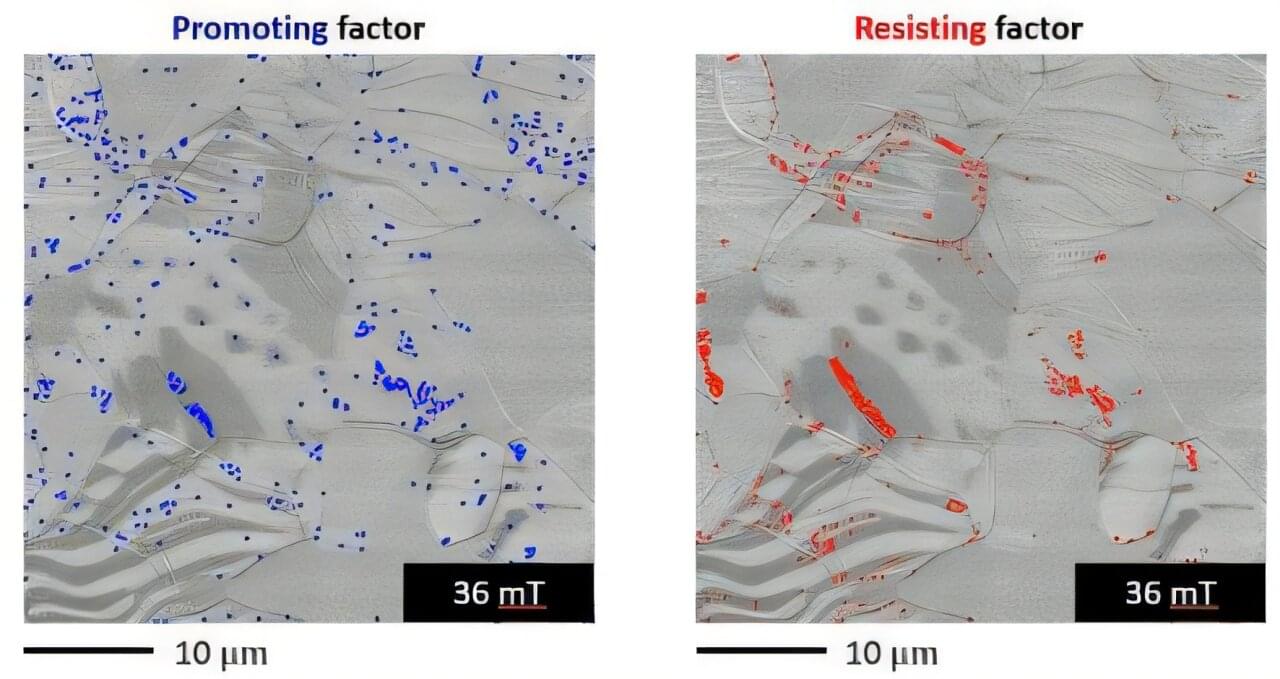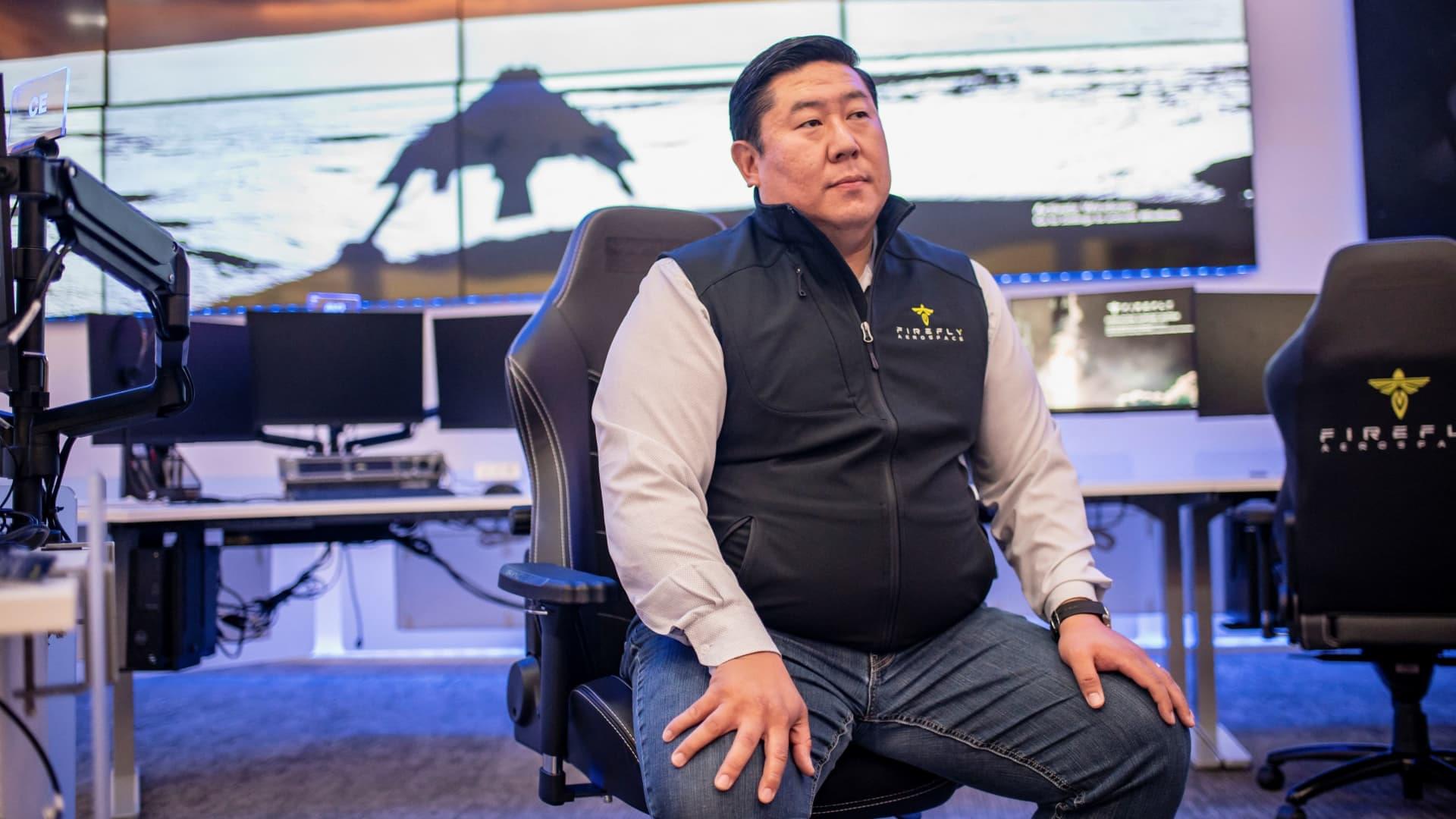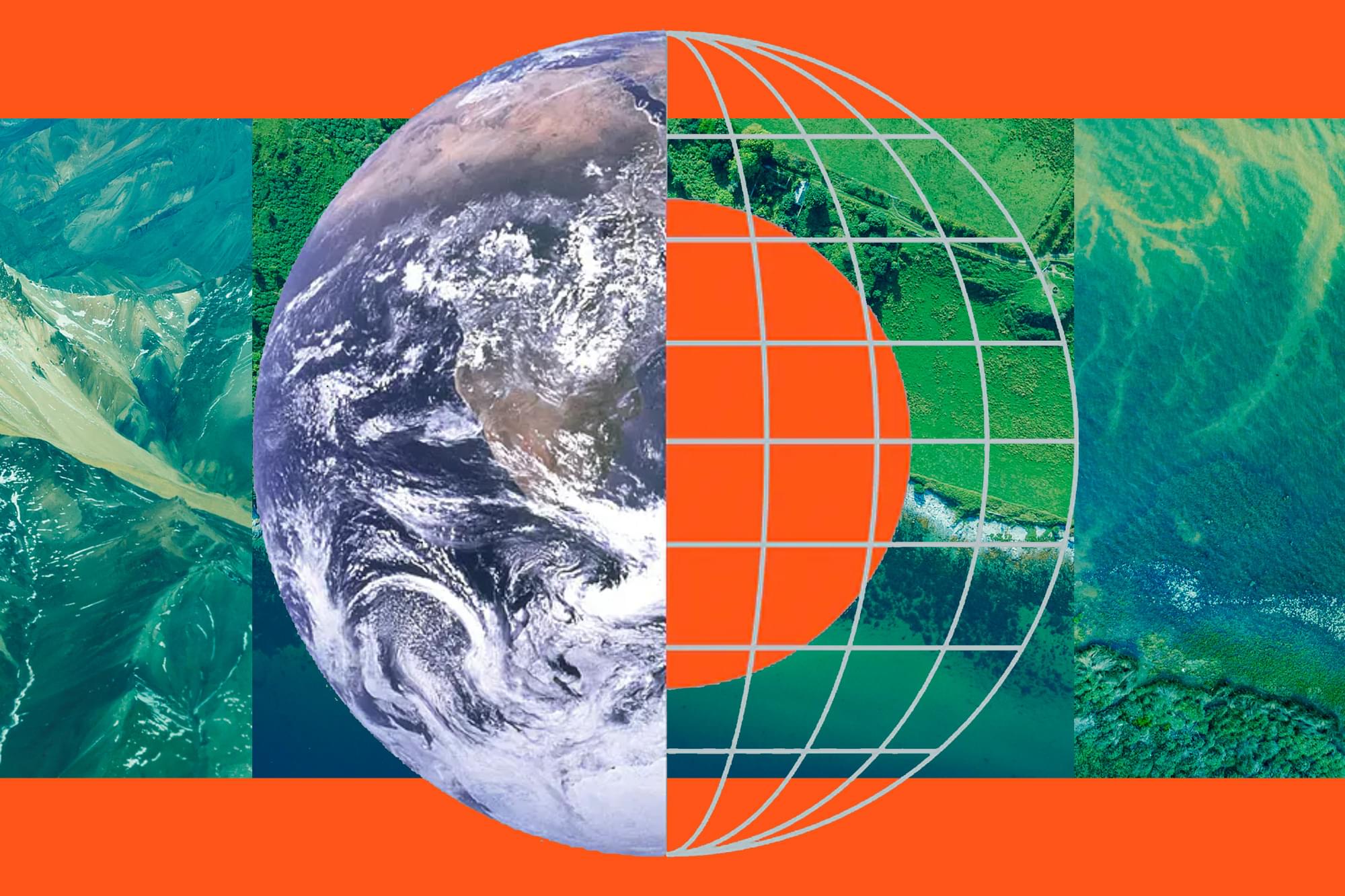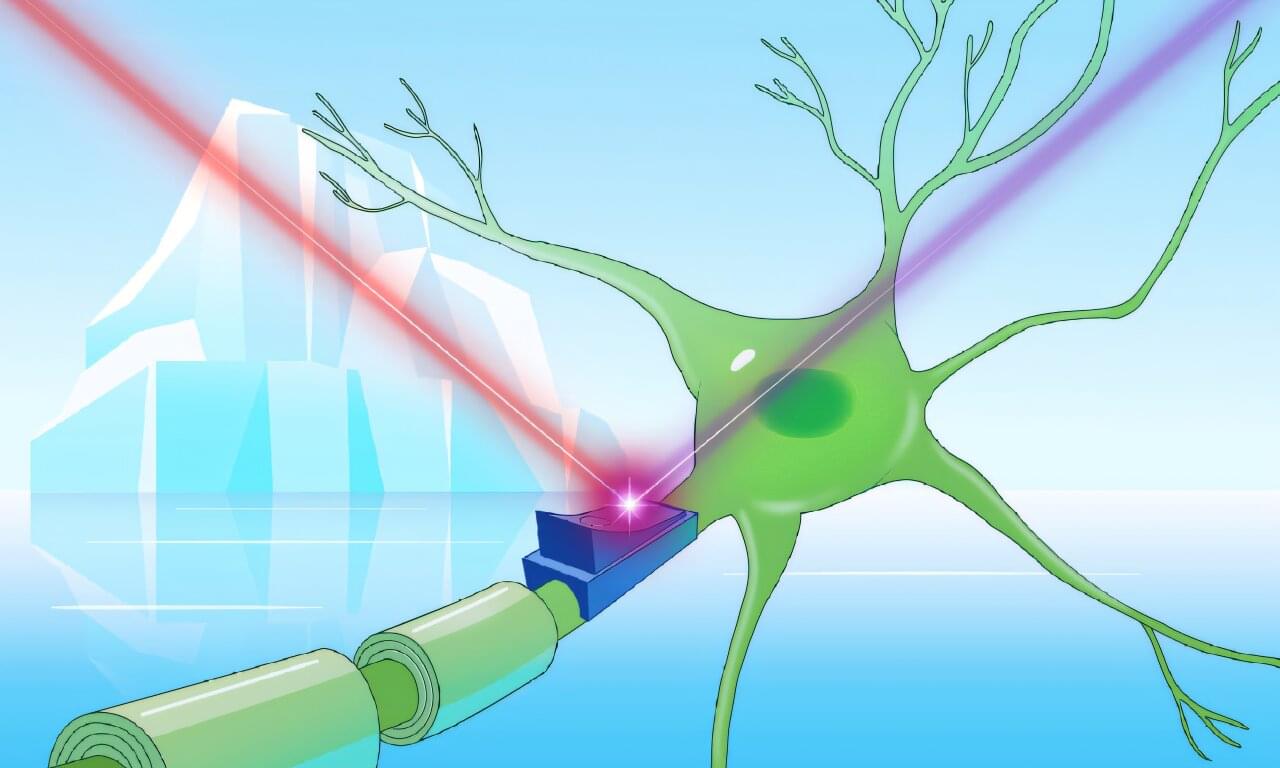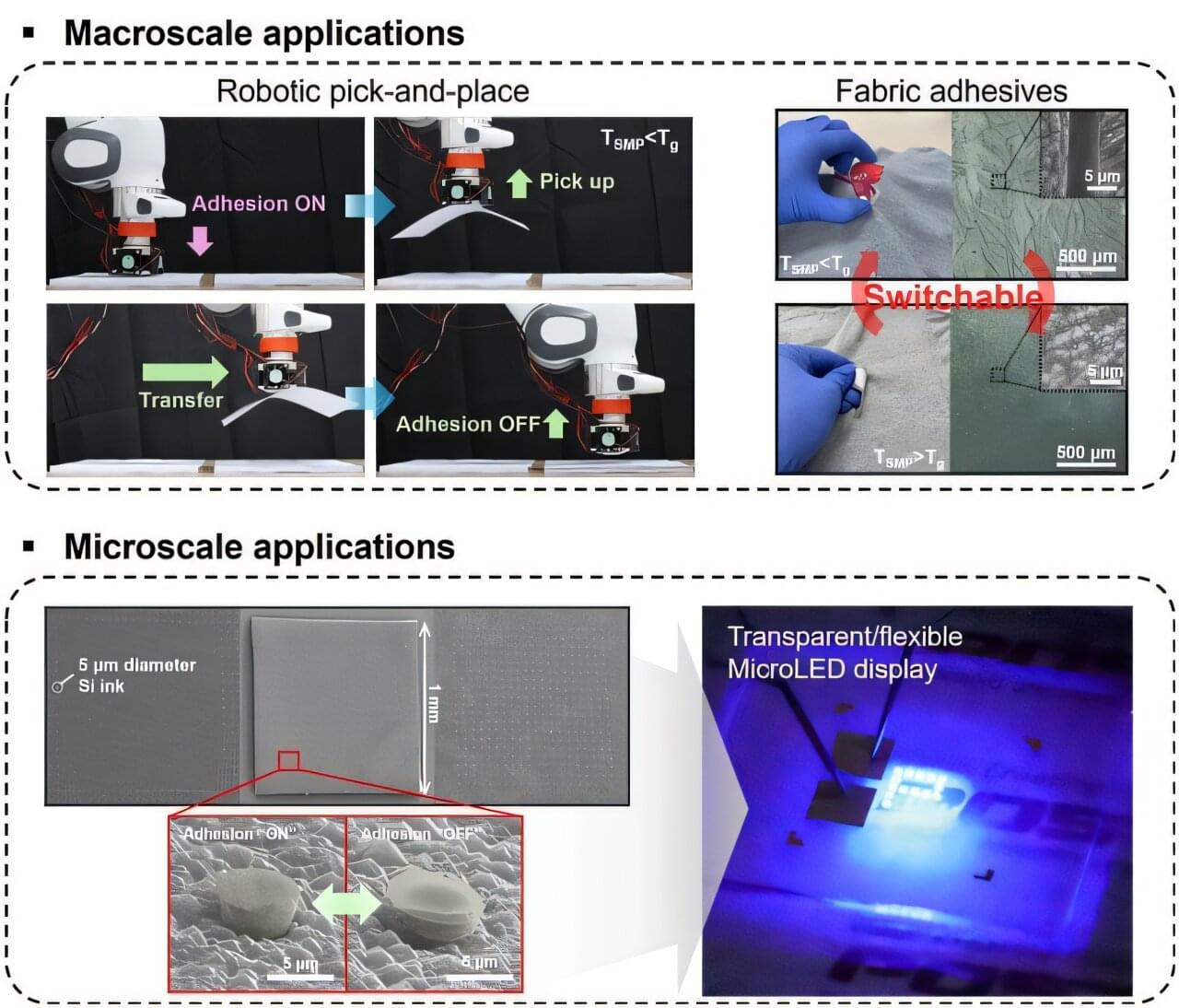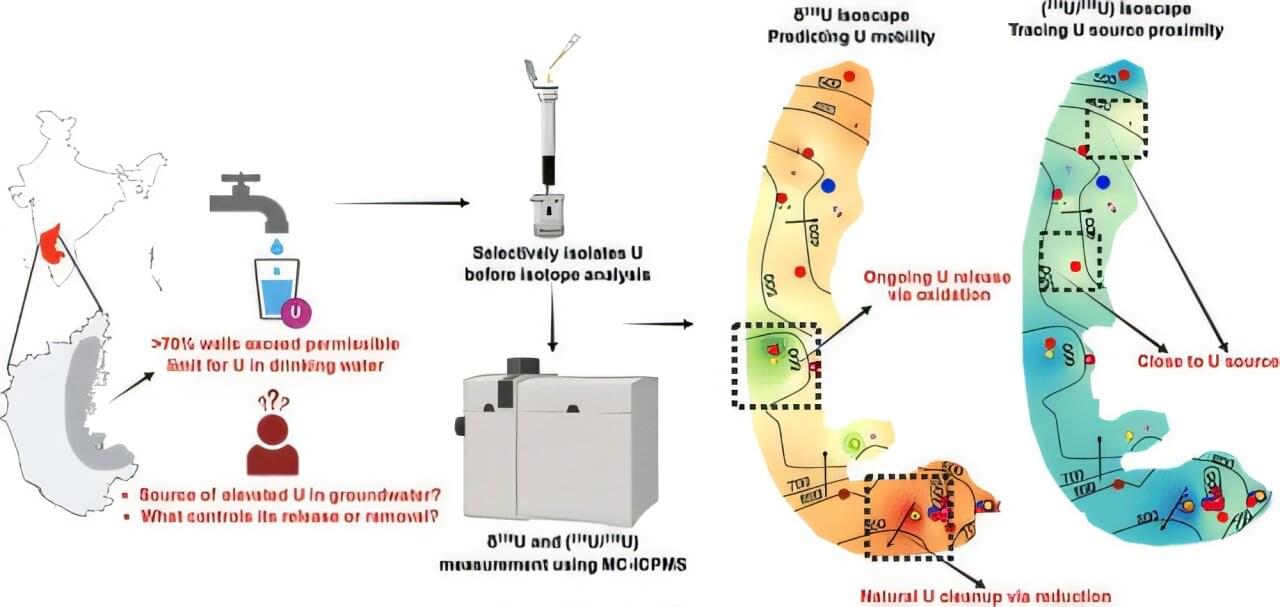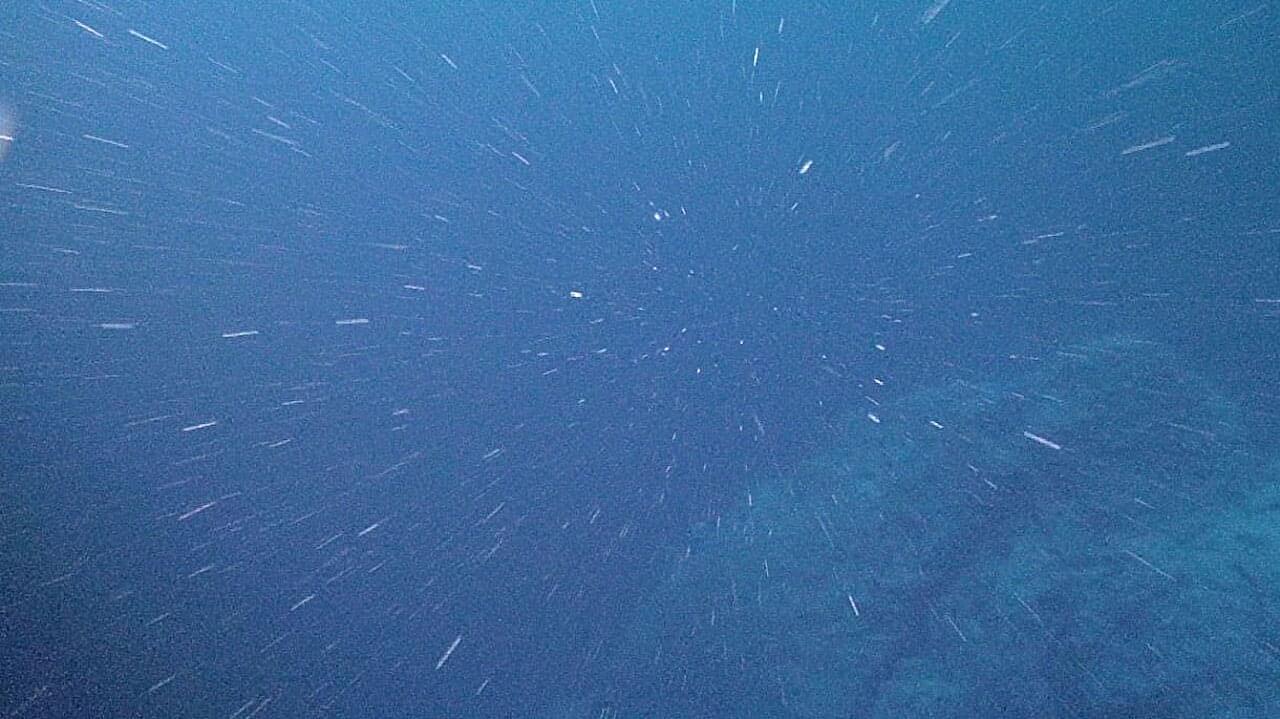Magnetic hysteresis loss (iron loss) is an important magnetic property that determines the efficiency of electric motors and is therefore critical for electric vehicles. It occurs when the magnetic field within the motor core, made up of soft magnetic materials, is repeatedly reversed due to the changing flow of current in the windings. This reversal forces tiny magnetic regions called magnetic domains to repeatedly change their magnetization direction.
However, this change is not perfectly efficient and results in energy loss. In fact, iron loss accounts for approximately 30% of the total energy loss in motors, leading to the emission of carbon dioxide, which represents a pressing environmental concern.
Despite over half a century of research, the origin of iron loss in soft magnetic materials remains elusive. The energy spent during magnetization reversal in these materials depends on complex changes in magnetic domain structures. These have mainly been interpreted visually, and the underlying mechanisms have been discussed only qualitatively.
